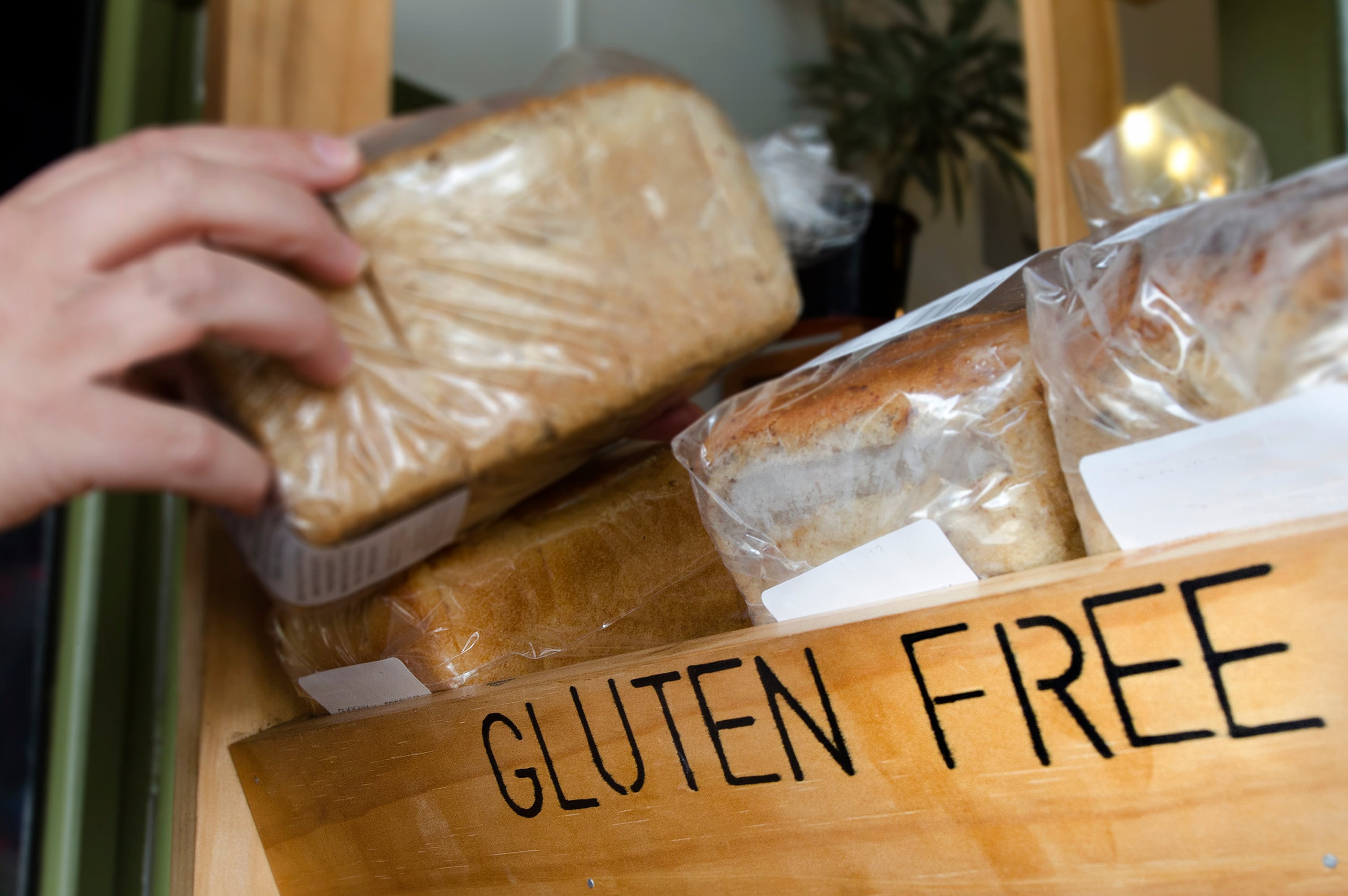What is gluten sensitivity and why is it so common – summary
- Gluten sensitivity affects one in ten people worldwide, more than coeliac disease
- Women are nearly twice as likely to report symptoms as men
- UK and Saudi Arabia show higher-than-average rates at 23% and 36% respectively
- 40% of self-reported sufferers follow gluten-free diets despite unclear cause
- Studies suggest FODMAPs and gut-brain axis may drive symptoms more than gluten
The global gluten-free market is growing. As consumer interest in gluten-free products increases, the market is expected to hit $13.67bn (€11.88bn) by 2030.
One facet of the popularity of gluten-free products is coeliac disease. A condition caused by an immune reaction to gluten and proteins in food like wheat, barley and rye, it includes symptoms such as stomach ache, diarrhoea, vomiting, iron deficiency and even infertility.
But many consumers who do not explicitly have coeliac disease do not react well to gluten. Non-coeliac gluten sensitivity is widespread, according to a recent study.
What is non-coeliac gluten sensitivity?
Non-coeliac gluten sensitivity is a condition in which people experience gastrointestinal and extraintestinal symptoms, such as bloating, abdominal pain and diarrhoea, after consuming gluten, without suffering from coeliac disease.
It is mostly self-reported, and there are no clear biomarkers (measurable indicators of biological processes) associated with the condition.
Yet it has gained significant public attention as the gluten-free market has expanded. The dramatic growth of the market is, in part, driven by public awareness of such sensitivity, and the desire to control it.
According to the charity Coeliac UK, coeliac disease itself only affects around one in one hundred people.
It is therefore perhaps justifiable to suggest that the boom in gluten-free products may be linked to the prevalence of non-coeliac gluten sensitivity, rather than just coeliac disease.
Gluten sensitivity is widespread
Gluten sensitivity affects around one in 10 consumers globally, according to a study published in the journal Gut.
Some groups are more susceptible than others. For example, female consumers are more likely to have the condition than male.
This difference is stark: 14% of female consumers report experiencing the condition, compared with 8% male.
Those reporting the condition are also more likely to have psychological conditions such as anxiety or depression than control groups.
Prevalence of gluten sensitivity also varies significantly by geography. For example, it is experienced by only 0.7% of consumers in Chile, compared with 23% in the UK and 36% in Saudi Arabia.
Of those that report having gluten sensitivity, around 40% follow a gluten-free diet. Many of these consumers report feeling symptoms even after giving up gluten.
What is gluten sensitivity, really?
Gluten sensitivity is often self-reported, and the link with gluten itself isn’t quite as clear-cut as with coeliac disease.
A wide-ranging review by renowned medical journal The Lancet has suggested that gluten sensitivity may be less connected to gluten than previously thought.
So, what is it instead? Many of the studies explored in the review looked at the effect of fermentable carbohydrates, or FODMAPs, on those with self-reported gluten sensitivity.
FODMAPs, often found in vegetables, fruits, legumes and cereals, can cause those with gluten sensitivity greater discomfort than gluten itself. Cutting them out of one’s diet, found the review, often relieves symptoms even when gluten itself is reintroduced.
Furthermore, the review points out, there is significant interaction between gluten sensitivity and disorders in the way that the gut reacts with the brain (known as the gut-brain axis).
On top of this, there is often no difference in symptoms between those consuming a placebo and those consuming gluten itself, leading the researchers to theorise that the condition is influenced by the consumer’s belief in what will happen when they consume gluten, rather than the gluten itself. This is called the ‘nocebo’ effect, the mirror opposite of the placebo effect.
Because there are no clear biomarkers of gluten sensitivity, unlike coeliac disease, research remains inconclusive.
What this means for industry
Now that the source of gluten sensitivity has been thrown into question, could the gluten-free market itself be affected?
Considering the largeness of the gluten-free market and the relatively small size of the coeliac population, demand for gluten-free products is likely driven in part by those experiencing non-coeliac gluten sensitivity.
Now that a study has suggested the condition is not directly linked to gluten itself, this may affect demand for gluten-free products.
As the bulk of research suggests that the link between giving up gluten and relieving symptoms of gluten sensitivity isn’t always clear (for example, consumers retaining symptoms after giving up gluten), this suggests that, at least for some consumers, gluten-free products are not meeting their needs.
However, a large chunk of gluten-free consumers are simply pursuing greater health, and are not obligated to consume gluten-free for health reasons.
As more research comes to light, changing demand could reshape the free-from market. Will gluten-sensitive consumers return to the conventional bread aisle? Only time will tell.


